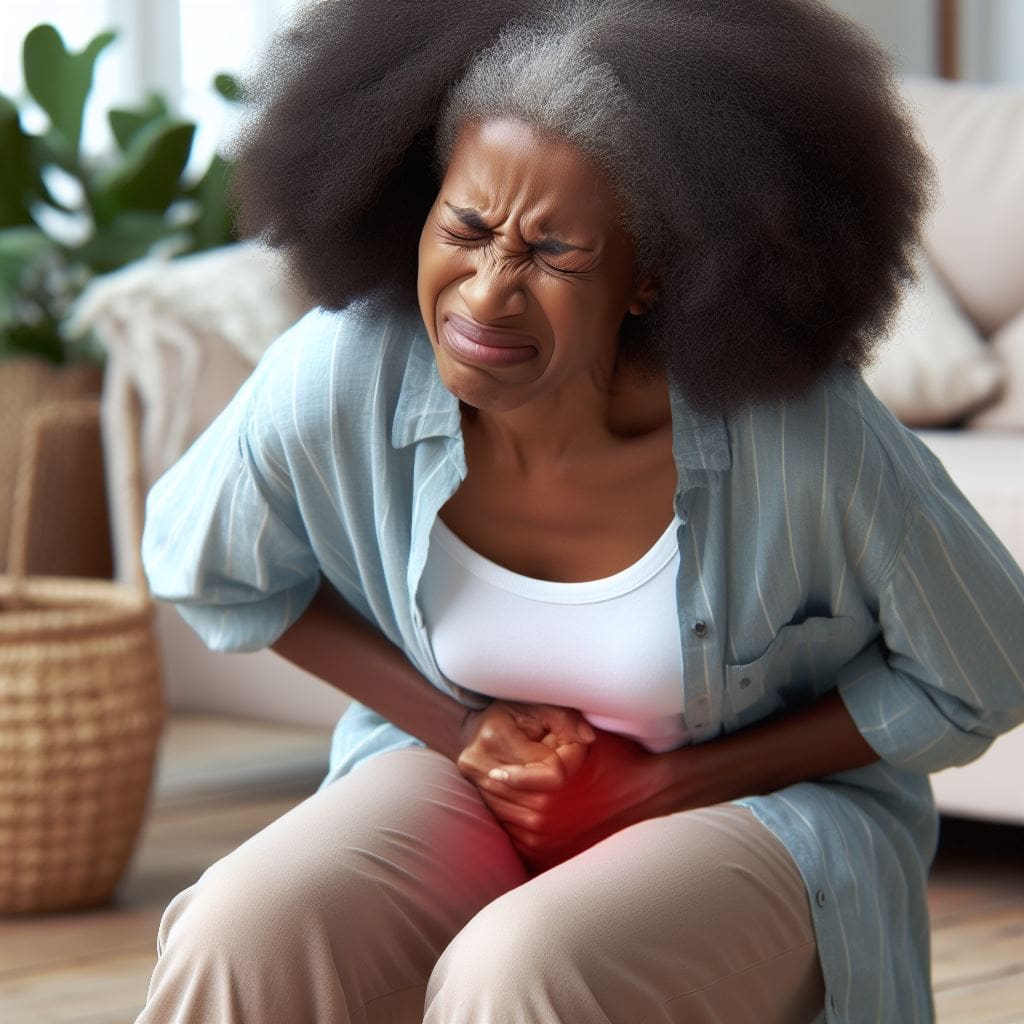
Dysmenorrhea, simply put, is the medical term for painful periods. It’s a common experience, affecting many individuals with a uterus.
While everyone goes through changes during their menstrual cycle, it goes beyond the typical discomfort and can involve intense cramping, aches, and other symptoms that disrupt daily life.
Dysmenorrhea, commonly known as menstrual cramps, encompasses painful menstrual periods triggered by uterine contractions shedding its lining. The discomfort typically emerges before menstruation and diminishes within a few days. Primary dysmenorrhea denotes recurrent pain lacking an identifiable cause, while secondary dysmenorrhea stems from conditions such as endometriosis.
Understanding Dysmenorrhea:
Defined as painful menstruation or menstrual cramps, it entails symptoms like cramping, nausea, fatigue, headaches and diarrhea. Typically, cramps occur a day before or at the onset of menstruation, subsiding within two to three days. While mild to moderate cramping is common, severe pain can impede daily activities and enjoyment. Treatment options, including medication, aid in managing painful periods.
Types of Dysmenorrhea:
Two types exist: primary and secondary. Primary dysmenorrhea denotes recurrent menstrual cramps unrelated to other medical conditions. Pain usually precedes or coincides with menstruation, ranging from mild to severe and subsiding within days. Conversely, secondary dysmenorrhea, resulting from reproductive organ conditions or infections, manifests as prolonged and earlier onset cramps compared to typical menstrual discomfort.
Normalcy and Prevalence:
Studies have shown that while around 60% of individuals with a uterus experience mild cramping during their periods, it’s important to remember that 5% to 15% face severe pain that significantly impacts their daily lives. Fortunately, these severe periods often become less intense with age and can also improve after childbirth.
Symptoms and Causes:
Causes:
Prostaglandins:
These chemicals cause the uterus to contract to expel the lining during menstruation. Higher prostaglandin levels lead to stronger contractions and more intense cramping.
Underlying Conditions:
In secondary dysmenorrhea, specific conditions include endometriosis, adenomyosis, fibroids, pelvic inflammatory disease (PID), cervical stenosis, or congenital conditions.
Conditions Associated with Secondary Dysmenorrhea:
Endometriosis:
Tissue lining the uterus (endometrium) grows outside the uterus. These misplaced tissues bleed during menstruation, causing inflammation, scarring, and pain.
Adenomyosis:
The endometrial lining abnormally grows into the muscular wall of the uterus. This can thicken and enlarge the uterus, causing abnormal bleeding and pain.
Fibroids:
Noncancerous growths develop within the uterus walls or on its surface. These can cause pressure, distortion of the uterus, and heavy or irregular bleeding, along with pain.
Pelvic Inflammatory Disease (PID):
An infection, typically bacterial, starts in the uterus and can spread to other reproductive organs. It can cause pelvic pain, including during sex, and abnormal bleeding.
Cervical Stenosis:
A narrowing of the cervix, often due to surgery, treatment, or scarring, can impede menstrual flow and cause pain.
Congenital Conditions:
Certain abnormalities present at birth, like an irregularly shaped uterus or issues with the ovaries or fallopian tubes, can contribute to painful periods.
Symptoms:
- Aching or throbbing pain in the lower abdomen (can be severe)
- Pressure in the abdomen
- Pain in the hips, lower back, and inner thighs
- Nausea, dizziness, and headaches (less common)
Risk Factors:
- Early age of first period (before age 12)
- Young age (under 20)
- Heavy or prolonged periods (lasting longer than 7 days)
- Smoking
- Family history of dysmenorrhea
Complications:
While dysmenorrhea itself is not usually a complication, it’s crucial to seek medical attention if you have:
- Severe or unusual cramps
- Cramps lasting more than 3 days
- Suspicion of an underlying medical condition
Early diagnosis and treatment can improve your quality of life and address potential complications associated with conditions causing secondary dysmenorrhea. By understanding dysmenorrhea and seeking appropriate medical advice, people can manage their periods effectively and maintain overall well-being.
While menstrual cramps usually disrupt daily life without complications, underlying conditions like endometriosis or PID may lead to infertility or ectopic pregnancy. Thus, prompt medical evaluation is crucial to exclude potential causes of period pain.
Diagnosis and Tests:
- Discussing symptoms and menstrual cycle with a healthcare provider
- Pelvic exam to check for abnormalities
- Imaging tests like ultrasound, hysteroscopy, or laparoscopy (if necessary) to investigate underlying conditions
Distinguishing normal cramps from dysmenorrhea involves consulting a healthcare provider for severe or prolonged symptoms. Primary dysmenorrhea diagnosis relies on symptoms and pelvic exams, while secondary dysmenorrhea warrants additional tests like ultrasounds, hysteroscopy, or laparoscopy to identify underlying causes.
Management and Treatment:
Pain reliefs:
Nonsteroidal anti-inflammatory drug (NSAID)s like ibuprofen or naproxen are the first line of treatment. Acetaminophen can be an alternative if NSAIDs are not suitable.
Heat therapy:
Applying a heating pad or hot water bottle to the lower abdomen can help relax muscles and ease pain.
Lifestyle changes:
Regular exercise, stress reduction techniques, and dietary adjustments (reducing salt, caffeine, and alcohol) can improve overall well-being and potentially lessen cramping.
Hormonal contraceptives:
Birth control pills, patches, or rings can regulate hormones, potentially reducing cramping and other period-related symptoms.
Surgery:
In severe cases of secondary dysmenorrhea, surgery might be considered to address the underlying condition.
Taking Control of Your Period Health: Conclusion and Next Steps
In conclusion, dysmenorrhea, characterized by painful menstrual periods, affects individuals differently, necessitating personalized management strategies. While some experience mild discomfort, others face debilitating cramps and other symptoms that significantly impact their daily lives. Regardless of the severity, it’s important to remember that it is a common and treatable condition.
By understanding the different types (primary and secondary), the underlying causes, and the various treatment options available, individuals can proactively manage their symptoms and achieve optimal well-being.
Seeking medical advice is crucial, especially if you experience severe or unusual pain, prolonged cramps, or suspect an underlying condition. Early diagnosis and management can significantly improve your quality of life and prevent potential complications associated with conditions causing secondary dysmenorrhea.
Ultimately, understanding and addressing dysmenorrhea empowers individuals to navigate their menstrual cycles with confidence and reclaim control over their health.



